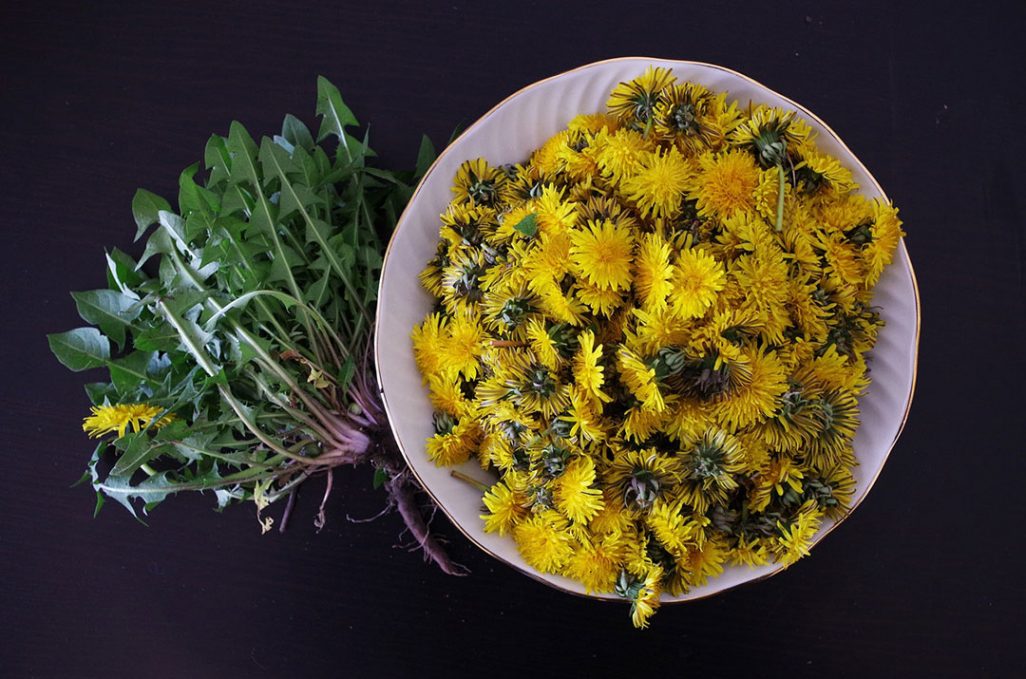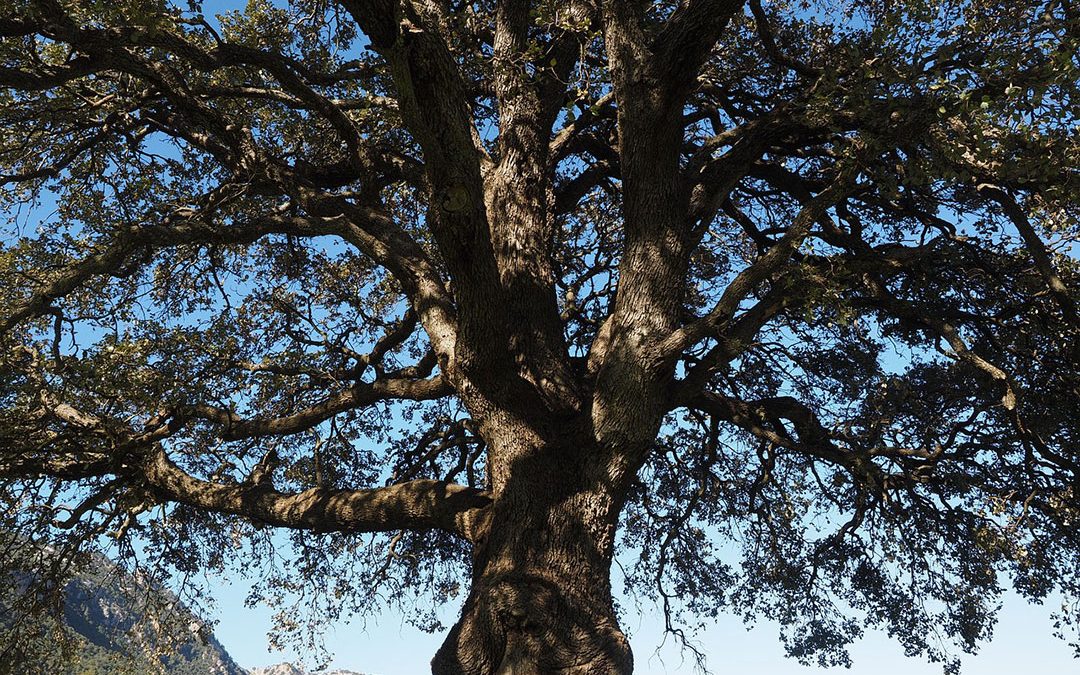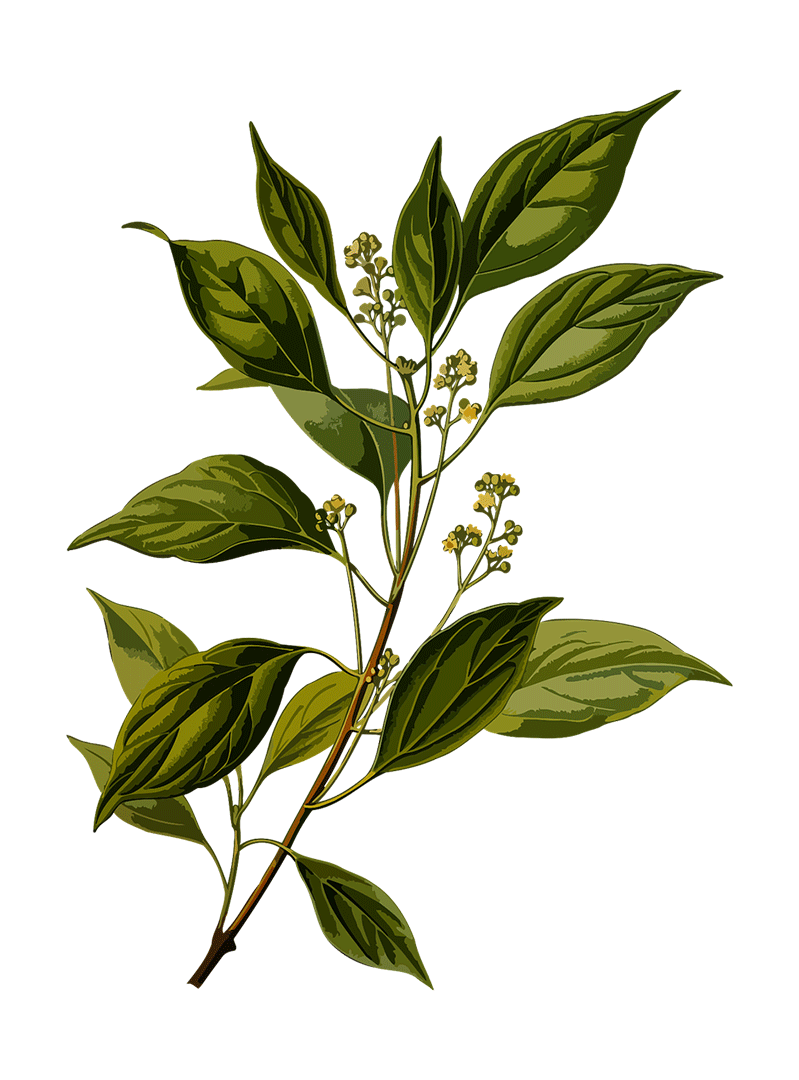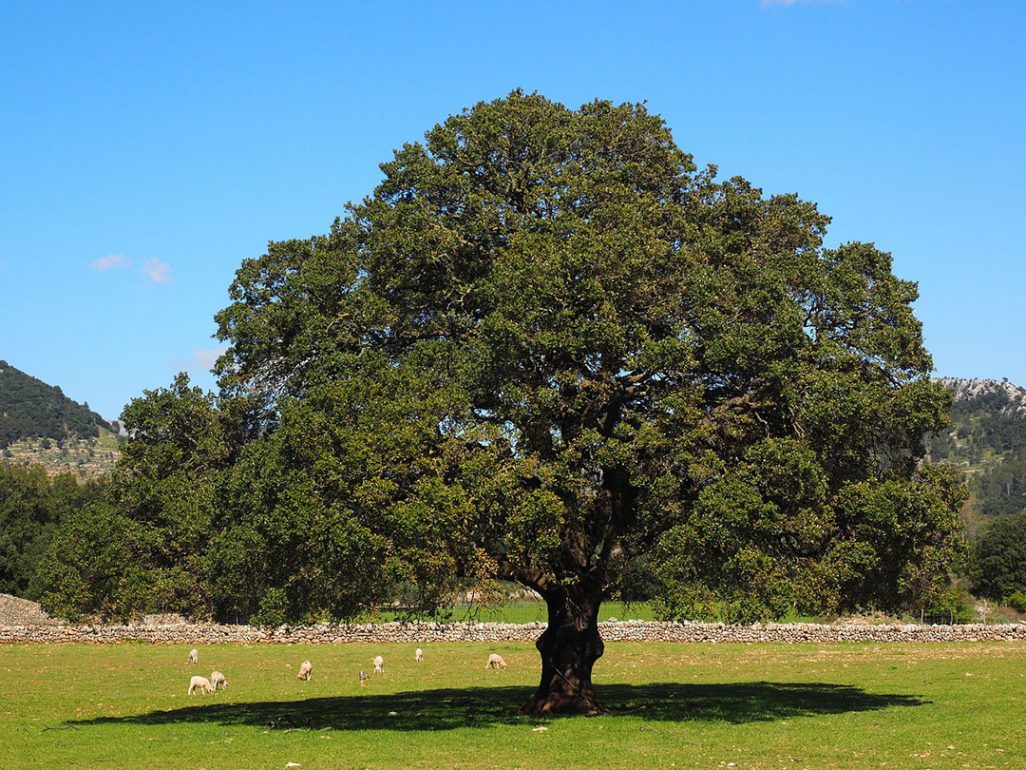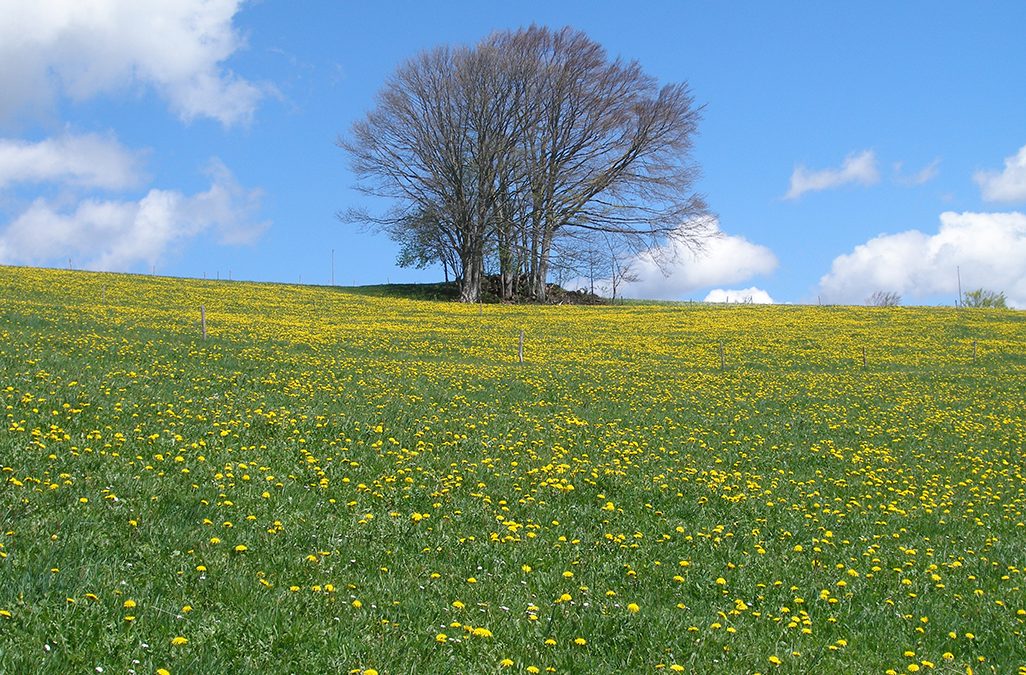
Foraging Dandelion
Everybody loves Dandelions! Nothing gladdens the heart more than the sight of a meadow covered in its bright yellow bloom. They are such a truly plentiful spring delight that there is hardly a lawn where they cannot be found. However, lawns are not where they are most welcomed. Not at all delighted by this little spring greeting, gardeners often spare no effort when it comes to banning them from their yards.
T’is folly! If they knew its true value perhaps they would not be so ungrateful. Dandelion is surely one of the most beneficial plants available – it is a blessing that it is so resilient and abundant!
From the earliest days of spring, its bright yellow flowers appear like miniature suns that beam back at the big daddy in the sky.
Every part of this plant can be used for food or medicine. Even the seeds, as every child knows: they tell the future, and one can blow one’s wishes and prayers to the wind which will be carried to the heavens on their dandy little parachute seeds.
History and Uses
According to the doctrine of signatures, Jupiter owns this herb. It seems quite fitting, considering its prolific nature. Jupiter is larger than life and does nothing by halves. However, the old herbalists were also concerned with the essential nature of an herb when determining its planetary ruler: bitter herbs, especially yellow ones, were often assigned to Jupiter. Often, as in this case, such herbs had an affinity with the liver, Jupiter’s seat in the human body. Liver herbs are almost always bitter, as the bitter principles stimulate liver function and help with the work of breaking down fats and cleansing the body of toxins.
The liver also plays an important part in hormone regulation. Despite their bitter taste, liver herbs can ‘gladden the heart’. They combat common afflictions such as the ‘winter blahs’ and other hormonal ups and downs, including the menstrual cycle, or the menopause. Jupiter is the eternal optimist and many of his herbs help to lift the spirit.
After the sedentary winter months, Dandelion is just what we need to detox the liver and to brighten the spirits. This is particularly true when we ate too much and moved too little, indulging in heavy, greasy foods neglecting our greens. In the old days, seasonal availability was limited as there was no such thing as greenhouse vegetables or imports from the other side of the planet. Thus, Lent was a time of fasting and purification intended to shake off the winter sluggishness and get in shape for spring. Dandelion is one of the best herbs to support such a spring cleaning effort.
Medicinal action
The roots are particularly good for the liver, while the leaves have a more pronounced effect on the kidneys. The French name for this herb ‘pis en lit’ (piss in the bed), is a rather to-the-point descriptive term. There are many highly effective diuretic herbs, but Dandelion is unique in that it does not deplete potassium levels as many other diuretics do. On the contrary, it is a rich source of Potassium as well as a host of other vitamins and minerals, including vitamin C and A, calcium, iron, manganese, and phosphorus. It also contains choline, a substance that helps the liver to metabolize fat.
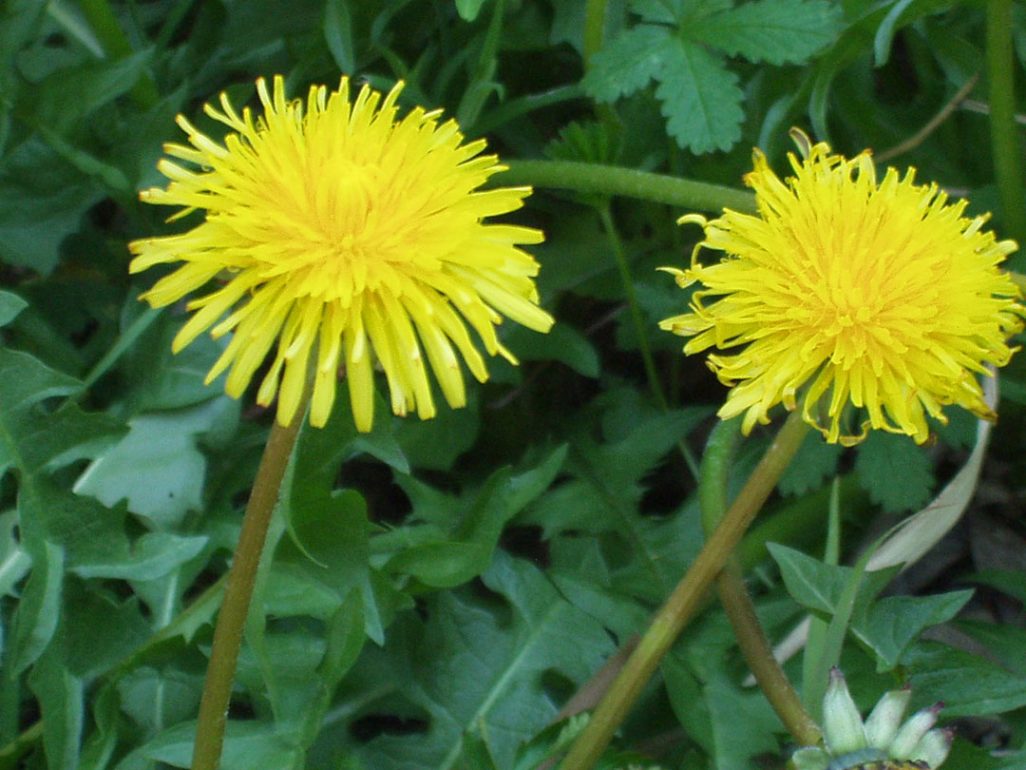
Foraging
Dandelion is truly one of the most healthful plants one could possibly add to one’s diet. It can be used freely and without fear of any ill effects (except perhaps bedwetting).
For the foraging gourmet, the medicinal uses are all very well, but better still are the myriad ways in which this wonderful herb can be transformed into various culinary delicacies:
Happily, for the forager, all parts of the Dandelion are edible and this is a plant that suffers no lasting ill-effects from the collection of its roots. In fact, it more often encourages it to grow, since every small bit of Dandelion root that breaks off or is left in the soil will produce more Dandelion plants.
For culinary purposes, it is best to collect older roots as the younger ones are just too small. Beware that Dandelion roots are bitter. They may not make the tastiest vegetable, but they make a very wholesome and very passable coffee substitute.
Dandelion Coffee
To make Dandelion coffee, gather the roots either early in the spring or late autumn (they tend to be sweeter in the autumn). Scrub them well to clean off all the dirt and let them dry before roasting them in the oven at a low temperature. People have different methods for doing this, some prefer to grind the roots before roasting them, others roast them whole. I prefer the whole root method as I feel that greater surface exposure during the roasting process also loses more of the nutrients. Roasting takes about 4 hours. To tell if they are ready, try to break one. When it is ready it will break with a snap and the interior will be dark brown. Now you can grind it. Store in a jar. Take about a teaspoon per cup of water to make a cup of Dandelion coffee. Add milk or sugar, to taste.
Stir-fries, fillings, and vegetable sides
Used sparingly, Dandelion roots can also be sliced and added to stir-fries, fillings, or vegetable sides.
The unopened flower buds can also be sautéed very briefly. Serve with melted butter, salt, and pepper. You need a lot of them, to make this more than a ‘one teaspoon experience’.
The very young Dandelion rosettes can be prepared as what my foraging friend Melana Hiatt calls ‘yard squid’:
‘Yard Squid’
Cut the Dandelion rosettes just below the ground with enough of the root to hold the leaves in place. Wash well, making sure all the grit and dirt are removed. To reduce the bitterness blanch them in salt water for about five minutes. (But remember that removing the bitterness also removes its medicinally active principles.) Dip in a thin egg/milk mixture, roll them in coarse cornflour or bread crumbs, or a mixture of both, then fry them in oil. The culinarily intrepid might like to season the crumbs/flour as well. Meat eaters can add bits of fried bacon or minced meat. Vegetarians can add toasted sunflower seeds sprinkled with Tamari or Soya sauce, if desired.
Dandelion Salad Greens
The young tender, leaves make excellent salad greens. Mix with other spring greens to mask the bitterness. Dandelion goes especially well with boiled eggs and cress-type herbs. As a dressing, try fruity vinaigrette (e.g. with raspberry vinegar), or a sweet and sour dressing made with yogurt, lemon juice, pepper, salt, garlic and a little sugar (and chilies, for those who like it hot).
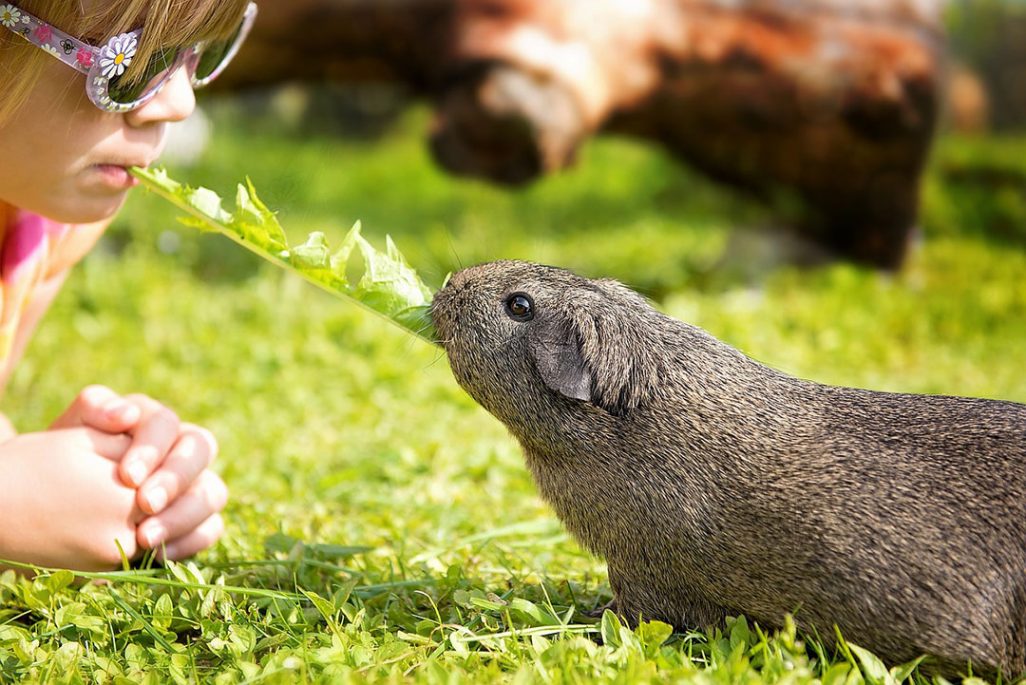
Pot-herb
The leaves can also be cooked as a pot-herb, or side dish:
Blanch in salt water for five minutes, remove from the heat and stir in butter or Crème Fraiche and seasonings.
Some like to prepare it so it takes on the consistency of fine spinach. Chop the leaves really fine or put them through a food processor, perhaps along with other herbs that may be available, such as nettles or garlic hedge mustard, for example. Sauté an onion, stir in the herbs, season with garlic, salt, pepper or chilies, cook for about 7 minutes, take off the heat and stir in some crème or crème fraîche for a more delicate flavor.
Dandelion Capers
Very early in the spring, when the small, tightly packed, unopened flower buds that are still hiding in the rosette, they can be marinated and prepared as ‘capers’. Make a hot marinade with 1l vinegar, 50g sugar, 50g salt, pepper and spices (e.g. Bay leaf, thyme, coriander seed, chilies, whatever you fancy). Pour enough of the marinade over the still closed Dandelion flower buds to cover them and simmer for 5 – 10 minutes. Fill the marinated flower buds and the pickling juice into a sterilized jar and store in the fridge. Store the rest of the pickling juice for another time.
Once the flowers develop, the leaves become increasingly bitter. Personally, I don’t find this a problem, so long as I pick the young, tender leaves, and not the old ones. But if you are sensitive to bitter tastes, watch for signs that flowering season has begun to take your cue.
But the end of one season just marks the beginning of another: The flowers themselves can also be turned into delicious treats. For example deep-fried Dandelion flowers:
Prepare a light batter with egg, water or milk, and a little flour. Season to taste (e.g. coriander seed or cinnamon work well). Coat each fully opened flower head with the batter and deep fry quickly. Serve with Maple syrup and lemon juice. Yum!
Dandelion Country Wine
Dandelion flowers are also an essential ingredient of country wines. There are numerous wonderful recipes – far too many to mention here. But here are just a couple:
Gather 1 gallon of Dandelion flowers on a dry, sunny day.
Put these in a 2-gallon crockpot and pour 1 gallon of boiling water over them.
Cover the jar and allow the flowers to steep for three days.
Strain through a jelly cloth so you can squeeze all the liquid from the flowers.
Put the liquid in a kettle; add 1 small ginger root, the thinly pared peels and juice of 3 organic oranges and 1 organic lemon. Stir in 3 pounds of sugar and allow the liquid to cool until it is barely lukewarm. Spread ½ cake of yeast on a piece of toasted rye bread and float on top. Cover the crock with a cloth and keep it in a warm room for 6 days.
Strain the wine into a gallon jug, corking it loosely with a wad of cotton. Keep in a dark place for 3 weeks, then carefully decant into a bottle and cap or cork tightly. Don’t touch it until Christmas or later.
from ‘Stalking the Wild Asparagus’, Euell Gibbons https://amzn.to/2D41e7n
For a Dandelion Dessert Wine, try this recipe:
On a warm, sunny day gather a large bag (a shopping bag) full of fully opened Dandelion flowers.
Place into a large pot, pour 4 liters of water over them and add the zest of one organic, untreated lemon, as well as the zest of one organic, untreated orange. Simmer gently for about 20 min. Allow the liquid to cool to body temperature and strain. Dissolve five chunks of fresh yeast in a little warm water and add this to the Dandelion liquid. Add other flavorings according to taste: perhaps an orange, some cloves, cinnamon or ginger…and 2 kilos of sugar (rock sugar or unrefined cane sugar is best).
Leave to ferment for about 6 days. Fill into bottles with the kind of stoppers you would use for making elderflower champagne. They need to fit tightly so that there is no danger of explosion. Flip lids, as can be found on old fashioned beer and lemonade bottles work great. Allow the wine to mature for a few weeks until the liquid is crystal clear. Only then yield to the temptation to try it.
Adapted from ‘Holunder, Dost und Gänseblümchen’, Heide Haßkerl https://amzn.to/2XC4qkf (German)
Dandelion Flower Syrup
For those who like it sweet, you can try making Dandelion flower syrup:
- 500g Dandelion flower heads
- 1.5 l Water
- Unrefined cane sugar
Place the flowers into a large saucepan. Pour 1.5l of boiling water over them. Bring to a simmer, then turn off the heat and cover. Leave to infuse for 24 hours. The following day, strain and measure the resulting liquid. Add an equivalent amount of sugar e.g. 1 kg of sugar per 1 l of liquid. Let the sugar dissolve in the liquid as much as possible before returning it to the cooker. Heat the liquid while stirring frequently to avoid the sugar to burn. When all the sugar has dissolved completely fill the syrup into sterilized bottles with a pop-top lid.
This recipe can be varied according to taste: try adding a little ginger, orange juice and zest (only organic, untreated) or cinnamon.
Bon appetite!
